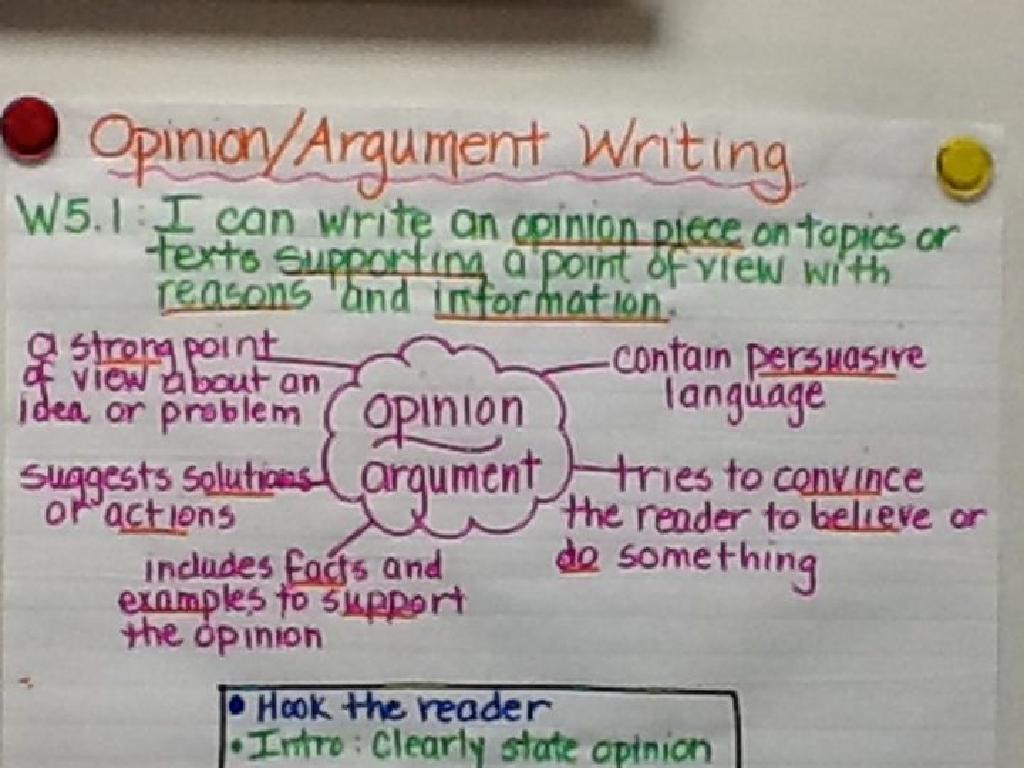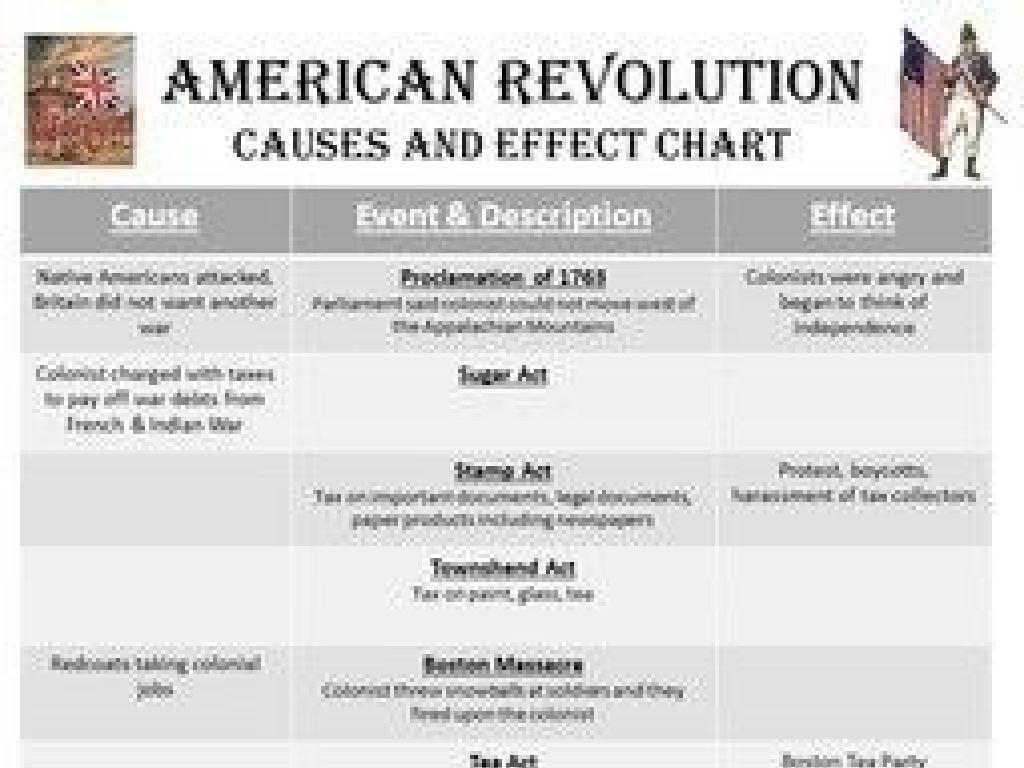Sort Words With Shared Suffixes By Part Of Speech
Subject: Language arts
Grade: Fourth grade
Topic: Prefixes And Suffixes
Please LOG IN to download the presentation. Access is available to registered users only.
View More Content
Sorting Words by Part of Speech
– Explore suffixes and their roles
– Suffixes are endings we add to words to change their meaning or part of speech.
– How suffixes alter word meaning
– For example, ‘-ness’ turns ‘happy’ (an adjective) into ‘happiness’ (a noun).
– Review nouns, verbs, adjectives, adverbs
– Nouns name things, verbs show action, adjectives describe nouns, adverbs describe verbs.
– Class activity: Sort words with suffixes
|
Begin the lesson by explaining suffixes and their function in altering the meaning and grammatical role of words. Provide examples of common suffixes and how they transform words from one part of speech to another. Review the basic parts of speech to ensure students can identify nouns, verbs, adjectives, and adverbs. For the class activity, have a list of words with suffixes ready and ask students to sort them into categories based on their part of speech. This will help reinforce their understanding of both suffixes and parts of speech. Possible activities include sorting word cards, creating a word sort chart on the board, or a worksheet where students write the words in the correct columns.
Suffix Wonders: Sorting Words
– What is a suffix?
– A suffix is a letter group added to a word’s end.
– Suffixes alter meanings
– They can turn ‘happy’ into ‘happiness’ or ‘joy’ into ‘joyful’.
– Suffixes indicate part of speech
– ‘Happiness’ is a noun, ‘joyful’ is an adjective, suffixes tell us this.
– Practice sorting words
|
This slide introduces the concept of suffixes to the students. Begin by explaining that a suffix is a set of letters that go at the end of a word to change its meaning or function. Provide examples of how suffixes can change a word from one part of speech to another, such as ‘play’ (a verb) becoming ‘playful’ (an adjective). Emphasize that recognizing suffixes can help us understand what a word does in a sentence. Encourage students to think of words they know and how adding different suffixes changes their meanings. As an activity, have students sort a list of words based on their suffixes and identify the part of speech for each.
Sorting Words by Suffixes
– Suffixes modify word meanings
– Suffixes like -ful make ‘hope’ into ‘hopeful’, showing quality
– Examples: -ful, -less, -ness
– -less removes something, e.g., ‘hopeless’ means without hope
– Examples: -ly, -able, -er
– -ness turns adjectives into nouns, ‘happy’ becomes ‘happiness’
– Practice sorting by part of speech
– -ly often turns adjectives into adverbs, as in ‘quick’ to ‘quickly’
|
This slide introduces students to common suffixes and how they change the meaning and part of speech of a word. Start by explaining that a suffix is a letter or group of letters added to the end of a word. Show how ‘hopeful’ means full of hope, while ‘hopeless’ means without hope. ‘Happiness’ is the state of being happy. ‘Quickly’ describes how something is done. ‘Readable’ means able to be read, and ‘teacher’ is one who teaches. Have students practice by sorting a list of words with these suffixes into nouns, verbs, adjectives, and adverbs. This activity will help them understand how suffixes affect word function and meaning.
Suffixes and Nouns
– Suffixes create nouns
– Common noun suffixes: -ness, -er, -tion
– These endings often turn verbs or adjectives into nouns
– Examples: kindness, singer, celebration
– ‘Kind’ becomes ‘kindness’, ‘sing’ becomes ‘singer’, ‘celebrate’ becomes ‘celebration’
– Class Activity: Find noun suffixes
– Look for words ending in -ness, -er, -tion in books or around the classroom
|
This slide introduces students to the concept that suffixes can change the part of speech of a word, specifically turning verbs and adjectives into nouns. The suffixes -ness, -er, and -tion are common endings that students can look for to identify nouns. Provide examples for each suffix to illustrate the concept. For the activity, encourage students to use their textbooks or classroom resources to find and list nouns with these suffixes. This will help them understand how suffixes function and expand their vocabulary. Possible activities include a scavenger hunt for nouns with these suffixes, creating a class word wall of found nouns, or having students create their own silly nouns by adding these suffixes to other words.
Suffixes and Verbs: Exploring -ate
– Verbs and suffixes: -ate
– Verbs can have suffixes like -ate, which turns nouns/adjectives to verbs
– Examples: activate, demonstrate
– ‘Activate’ means to start something; ‘demonstrate’ means to show how
– Communicate: another -ate verb
– ‘Communicate’ means to share information
– Activity: Find verbs with suffixes
|
This slide introduces the concept that verbs can also have suffixes, with a focus on the suffix -ate, which is commonly used to form verbs from nouns or adjectives. Provide examples such as ‘activate’, ‘demonstrate’, and ‘communicate’ to illustrate the point. For the class activity, encourage students to look for verbs with different suffixes in their reading material or around the classroom. Possible activities include a scavenger hunt for verbs in books, creating a verb-suffix wall chart, or a group competition to list verbs with the most unique suffixes. The goal is to help students recognize patterns in word formation and understand how suffixes can change the function of a word in a sentence.
Suffixes and Adjectives
– Common adjective suffixes: -ful, -less, -able
– Examples: ‘wonderful’, ‘fearless’, ‘comfortable’
– Match adjectives to suffixes
– Connect words like ‘joyful’, ‘hopeless’, ‘enjoyable’ to their suffixes
– Classify words by suffix and part of speech
– Sort a list of words based on their endings and usage in sentences
|
This slide introduces students to the concept of suffixes that are commonly used to form adjectives. Begin by explaining that a suffix is a letter or group of letters added to the end of a word to change its meaning. Provide examples of adjectives ending with -ful, -less, and -able, and discuss how these suffixes transform the meaning of the root word. For the activity, prepare a list of words and have students match them to the correct suffix, reinforcing their understanding of how suffixes function. Additionally, have students sort a mixed list of words by their suffixes and identify their part of speech, focusing on adjectives. This will help students recognize patterns in word formation and enhance their vocabulary skills.
Suffixes and Adverbs
– Common suffix for adverbs: -ly
– Examples: quickly, softly, happily
– Words describing how something is done
– Activity: Turn adjectives into adverbs
– Add -ly to ‘quick’, ‘soft’, ‘happy’
– Use -ly to change form
– ‘Brave’ becomes ‘bravely’, ‘neat’ to ‘neatly’
|
This slide introduces students to the concept of adverbs and how they can be formed by adding the suffix -ly to adjectives. Start by explaining that adverbs describe actions and often end in -ly. Provide clear examples with words like ‘quickly’, ‘softly’, and ‘happily’. For the activity, guide students to think of adjectives they know and practice adding -ly to create adverbs. Encourage creativity and provide assistance as needed. Possible activities: 1) Students can work in pairs to quiz each other by providing an adjective to which their partner adds -ly. 2) Create a worksheet with adjectives where students can fill in the adverb form. 3) Have a small competition to see who can come up with the most adverbs. 4) Students can write sentences using the new adverbs they’ve created. 5) Create a ‘word wall’ where students can display the adverbs they’ve learned.
Sorting Game: Suffixes and Parts of Speech
– Sort words by suffixes
– Categorize words by part of speech
– Collaborative sorting activity
– We’ll use a list of words and work as a team
– Ready, set, sort!
– Who can find the right category the quickest?
|
This slide introduces a fun and interactive sorting game where students will practice categorizing words based on their suffixes and parts of speech. The activity is designed to reinforce their understanding of how suffixes can change the meaning and classification of a word. For example, ‘-ness’ turns an adjective into a noun (happiness), and ‘-ly’ turns an adjective into an adverb (quickly). Prepare a list of words with common suffixes and have students work in groups to sort them into nouns, verbs, adjectives, and adverbs. Offer a variety of words to ensure all students are challenged. Consider timing the activity to add a competitive element and keep the energy high. After the game, review the sorted lists as a class to ensure understanding and correct any misconceptions.
Class Activity: Suffix Hunt
– Find words with suffixes in a book
– Sort words by part of speech
– Nouns, verbs, adjectives, adverbs
– For example, ‘happiness’ (noun), ‘running’ (verb), ‘colorful’ (adjective), ‘quickly’ (adverb)
– Share your sorted list in class
|
This activity is designed to help students recognize and categorize words with suffixes according to their part of speech. Provide a brief review of nouns, verbs, adjectives, and adverbs before starting the activity. Encourage students to look for suffixes such as -ness, -ing, -ful, and -ly in their chosen books. Once they find words with these suffixes, they should determine the part of speech for each word and sort them accordingly. Possible activities: 1) Students can work individually or in small groups. 2) They can create posters with their sorted lists. 3) They can write sentences using the words they found. 4) Have a ‘suffix of the day’ challenge for subsequent classes. 5) Create a suffix word wall with contributions from each student.
Conclusion & Homework: Suffix Sleuths
– Celebrate sorting success
– Suffixes as word clues
– Suffixes hint at word function, like ‘-ly’ for adverbs
– Homework: Craft sentences
– Use words from our Suffix Hunt to make sentences
– Share sentences next class
– Be ready to present your sentences to the class
|
Well done to all the students for successfully sorting words by their part of speech using suffixes! It’s important to remember that suffixes can help us determine the role a word plays in a sentence. For homework, students are to write their own sentences using the words they found during our Suffix Hunt activity. This will help reinforce their understanding of how suffixes affect word meaning and part of speech. In the next class, we’ll have a sharing session where students can present their sentences and discuss the suffixes used. Encourage creativity and the use of descriptive sentences to make the activity more engaging.






